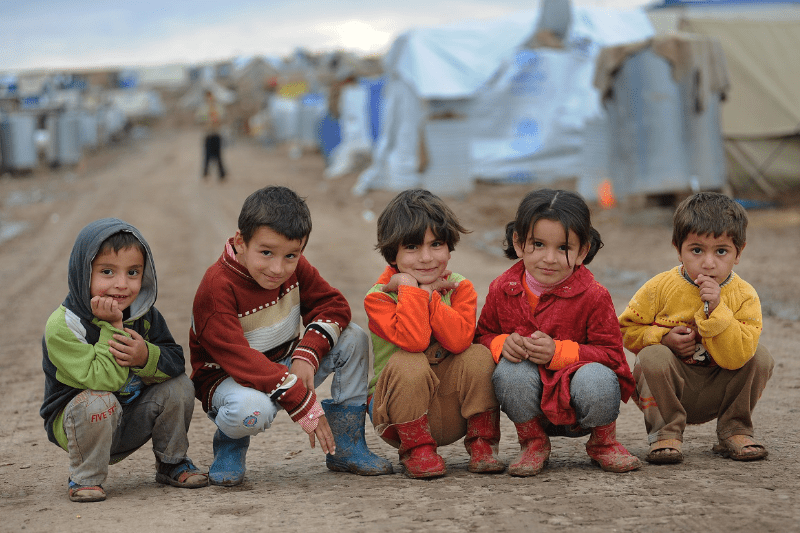
fragile futures how war turns children into victims
Over 400 million children are living in the war zone and violent conflicted nations. War impacts children in the same ways it impacts adults, but it also affects them differently. Initially, children rely on the care, understanding and attention of adults who care for them. Their connections are often disrupted during war, due to the loss of parents, parents being preoccupied with protecting and providing for the family, and emotionally unavailable or depressed parents. Children may end up in the care of individuals who only have a slight concern for them, such as relatives or in an orphanage. Some war-affected children may lose all adult protection and are referred to as “unaccompanied children” in refugee situations.
Furthermore, the effects during childhood can have a greater negative impact on a child’s life trajectory compared to adults. For example, children who miss out on education during war, or those who are forced to live in refugee or displaced person camps, endure years of terrible conditions waiting for normal life to return, if it ever does. A child who becomes disabled during war may not only lose a limb, sight or cognitive abilities, but also miss out on schooling and a social life. A girl who is a victim of rape may be ostracized by her community and miss the opportunity for marriage. Even long after the war has ended, these individuals will never achieve the potential they had before the impact of war.
Results of War
Death: Thousands of children are dying of direct violence in war each year. They die as civilians caught in the violence of war or as combatants directly targeted.
Injury: Children endure various war-related injuries. Some weapons disproportionately impact them. A child is at a higher risk of being killed or seriously injured by a landmine explosion compared to an adult. Every year, thousands of children experience injuries from landmines.
Disability: Many children are left with disabilities as a result of war, and a significant number of them do not have sufficient access to rehabilitation services. It can take up to 10 years for a child to receive a prosthetic limb. Survivors of landmine explosions often do not receive prosthetic limbs that can accommodate the ongoing growth of their limbs.
Illness: The health of children worsens during war due to declining conditions for maintaining their well-being, such as nutrition, water safety, sanitation, housing, and access to health services. Population movement may lead to a loss of immunity to disease vectors, particularly affecting refugee children who are at high risk of malnutrition and infectious illness. Additionally, war can disrupt population immunisation programs, resulting in higher child mortality rates.
Rape and prostitution for subsistence:These phenomena which often occur in situations of war, ethnic cleansing, and refugee life leave lasting physical impacts in sexually-transmitted diseases, including HIV/AIDS, psychological impactsand changes in life trajectory.
Keep Reading
Psychological suffering: In times of war, children are faced with terrifying and horrifying situations, which can result in long-lasting effects in the form of posttraumatic stress disorder. The significant losses and upheavals they experience often lead to elevated levels of depression and anxiety among children affected by war. These effects can be prolonged by additional experiences of deprivation and violence in refugee settings.
Social and cultural losses: Children in war may lose their connection to their community and its cultural heritage, which may be reestablished in refugee or diaspora settings.
Child Soldier: The use of child soldiers is widespread, with an estimated tens of thousands of individuals under the age of 18 serving in armed groups in approximately 60 nations.
According to United Nations Children’s Fund (UNICEF), The approximate number of children who lost their lives in the past ten years was 2 million, with 4-5 million experiencing disabilities, 12 million becoming homeless, over 1 million being orphaned or separated from their parents and around 10 million suffering psychological trauma. Currently, there are over two million child refugees fleeing from Syria and over 870,000 refugees from Somalia. At least 10,000 children were among the 100,000 people killed in Syria.



